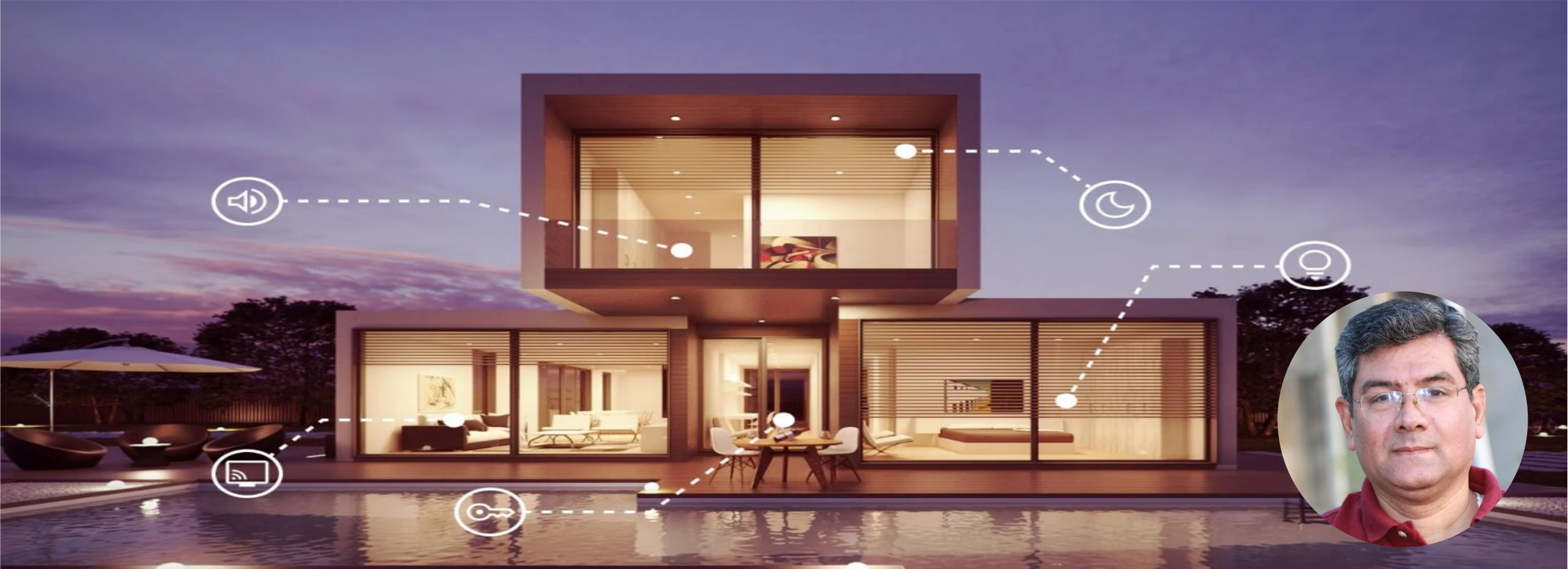
Creating a Smart Home: Integrating Technology into New or Existing Spaces
When you think of a "smart home," various ideas might come to mind—automated lighting, voice assistants like Amazon Alexa, or even a cozy, climate-controlled house during winter. A smart home offers convenience, safety, and customization, tailored to your personal preferences and lifestyle.
Getting Started
Transforming your space into a smart home begins with understanding your needs and desires. Some homeowners may prioritize convenience, starting with lighting and climate control, while others may focus on security. There’s no one-size-fits-all approach, and the process can be tailored to fit your budget and preferences.
Begin with a smart home controller, which acts as the central hub for all your devices. Over time, you can expand your system by adding smart locks, lighting controls, thermostats, and security cameras. Many products are designed to be backward-compatible, meaning they can work with existing devices, so you don’t need to replace everything at once.
Infrastructure Considerations
Most smart products today come with built-in Wi-Fi capabilities, but some may require additional infrastructure, such as hubs or bridges. Whether you’re working on a new build or retrofitting an existing home, the infrastructure will play a key role in your smart home setup.
For new constructions, you have the advantage of wiring your home during the building process, which is more cost-effective and allows for future upgrades. In existing homes, a hub-based system is often the preferred option, as it provides a more stable connection than Wi-Fi alone. Wired connections can also reduce the strain on your wireless network, especially for devices like security cameras that require significant bandwidth.
Current Trends in Smart Homes
One of the biggest trends in smart homes is the focus on security and convenience. Homeowners want to ensure their homes are safe while also enhancing their quality of life. Smart devices like door locks, cameras, and voice assistants are becoming more affordable and accessible.
Voice control is another growing trend, with many people preferring to use voice commands to manage their devices. This eliminates the need for multiple apps and simplifies the user experience. For example, you can say, "Turn on party mode," and your lights, music, and temperature will adjust automatically.
When embarking on a smart home project, it’s important to work with a professional who can help you integrate all your devices seamlessly. This ensures that your system is user-friendly and eliminates potential frustrations.
What to Expect When Working with a Smart Home Professional
When you decide to build or upgrade your home into a smart home, working with a trained professional is essential. They can save you time, money, and headaches by guiding you through the process.
Start by doing your research. Ask for recommendations from friends and family, read online reviews, and check references. Once you’ve narrowed down your options, reach out to a few companies to discuss your project. A good professional will take the time to understand your lifestyle, needs, and budget before making product recommendations.
After gathering all the necessary information, the professional will create a detailed plan to achieve your goals. This includes selecting the right products, designing the system, and providing a timeline for installation. Once the system is installed, they will walk you through how to use it and answer any questions you may have.
Ongoing Support
Choose a company that offers ongoing support and service contracts. This ensures that you have access to assistance if any issues arise or if you want to expand your system in the future. Technology is constantly evolving, and having a reliable partner can help you stay up-to-date with the latest advancements.
Lighting Automation
Automating your lighting offers numerous benefits, including convenience, energy savings, and personalization. You can start with Wi-Fi-enabled bulbs that allow you to control brightness and color via a mobile app. As you expand, you can introduce keypads with multiple buttons, each programmed for different scenes like "Movie Night" or "Wake Up."
For added safety, many homeowners prefer remote access to their lighting controls, allowing them to turn lights on or off when they’re away from home. You can also program lights to turn on automatically when certain doors are opened, ensuring you never walk into a dark house.
Automated shades are another growing trend, allowing you to control natural light in each room with a simple click or voice command. You can set different lighting scenes for various times of the day, enhancing both convenience and ambiance.
Audio Integration
A well-designed audio system is another key component of a smart home. You can start by integrating audio into a single room or expand it throughout your entire house. With smart home audio, you can control all your audio components through a single app, playing music in any room or even outdoors.
Whether you’re cooking in the kitchen or entertaining guests in the backyard, you can easily select the music you want to hear in each space. Voice control adds another layer of convenience, allowing you to manage your audio system hands-free.
Working in Phases
When it comes to smart home projects, you don’t need to do everything at once. You can start small, focusing on one room or a specific feature like lighting or audio, and gradually expand over time. This phased approach allows you to work within your budget and prioritize the features that matter most to you.
By thoughtfully integrating technology into your home, you can create a space that’s both functional and stylish, tailored to your unique needs and preferences.








